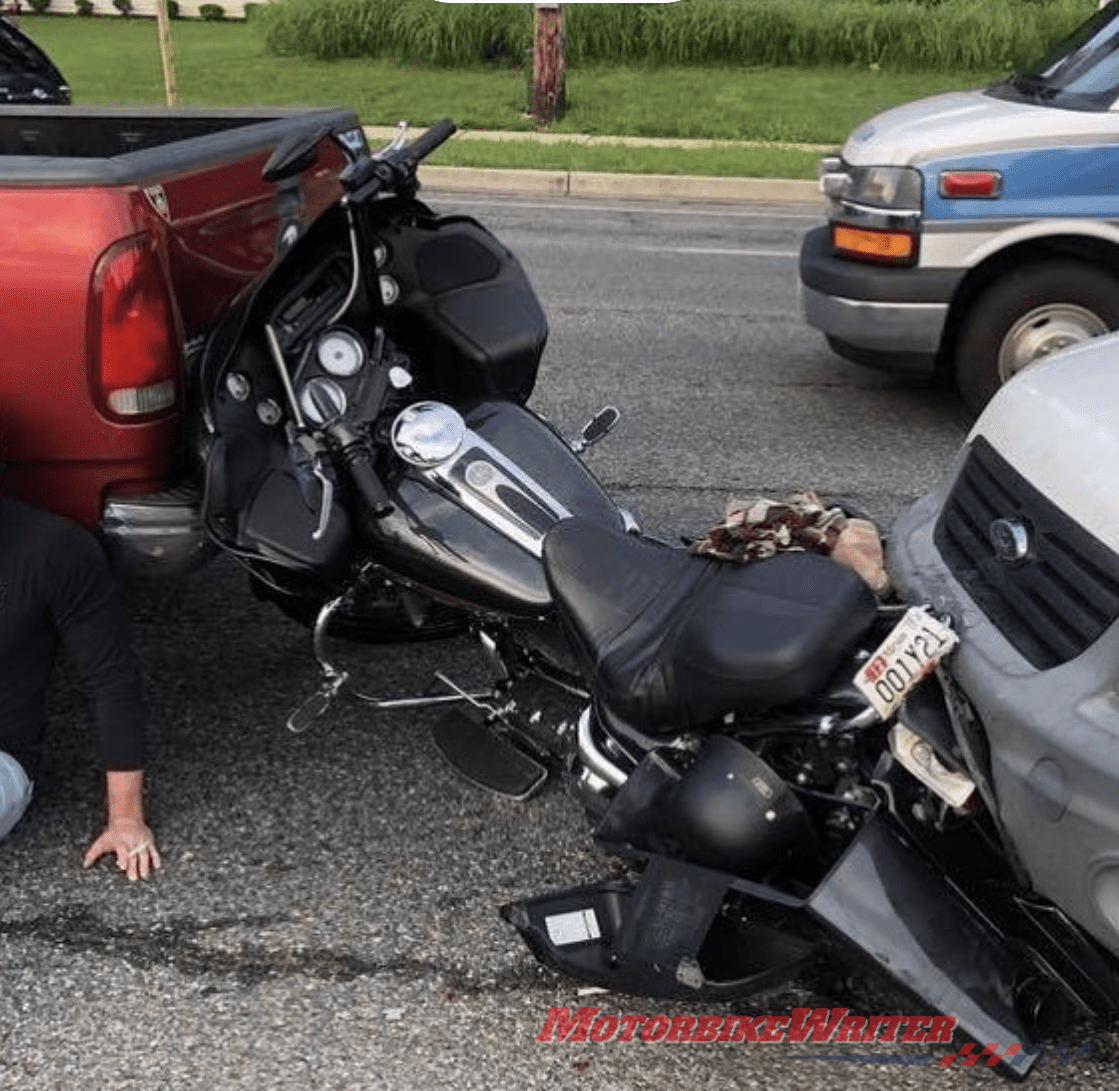(Contributed post for our North American readers)
Being involved in an accident of any kind can be a scary experience, and compared to other types of motor vehicle accidents, motorcycle accidents can be particularly frightening. In addition to being emotionally traumatizing, motorcycle accidents often lead to severe physical injuries and even death.
In 2017, roughly 89,000 motorcyclists were injured in a motorcycle accident in the USA, and 5,172 were killed. While the figure for motorcycle fatalities decreased to 4,985 deaths in 2018, the fact remains that motorcycles have significantly higher occupant fatality rates than other vehicle types.
If you have sustained injuries in a motorcycle accident, you might be wondering what to do next. Below are five crucial steps every motorcycle accident victim should take to begin the process of recovery.
Step 1: Contact the Authorities to File an Accident Report
The first step to take in the aftermath of a motorcycle accident will often be to call 911. In fact, most states have laws requiring you to contact the authorities if an accident results in property damage, injuries, or death. Failure to do so could result in penalties and make it more difficult to recover what you may be entitled to.
Calling the police after a motorcycle accident may seem like a hassle if the accident appears to be minor. However, there is always a chance that injuries or property damage will be more severe than you might think. Thus, doing so is a crucial step in the process that should not be overlooked.
Additionally, when the police are called to an accident scene, they will create a formal accident report. This can be a great resource as you move forward with your motorcycle accident claim.
Step 2: Gather Any Evidence Available at the Scene
Next, if you are physically able, you should collect as much evidence and information at the scene as possible. Examples of crucial evidence and information you should collect include:
- Contact information of all parties involved;
- Driver license and license plate numbers of all parties involved;
- Statements of any witnesses to the accident; and
- Photos of the accident scene, including any property damage or visible injuries.
Very often, some of the best evidence for your case will exist at the scene of the accident. The more evidence and information you are able to gather at the scene, the better equipped you will be to prove your claim.
Step 3: Seek Immediate Medical Attention
You should then seek medical attention as soon as practicable to assess the existence and severity of your injuries. Common injuries that may result from a motorcycle accident include:
- Traumatic brain injury (TBI),
- Concussion,
- Broken bones,
- Road rash,
- Spinal cord injuries, and
- Internal injuries.
Obtaining a professional assessment is necessary to help prove what injuries actually exist. This will allow you to determine what compensation you may need to recover.
A victim of a motorcycle accident can typically recover monetary compensation for past and future medical expenses such as:
- Doctor visits,
- Emergency room bills,
- Surgery expenses,
- Prescription medication, and
- Rehabilitation and physical therapy services.
It is important to seek medical attention to ensure that you identify all injuries that may exist.
Even if you don’t notice any injuries immediately after your motorcycle accident, some injuries, such as concussions or internal injuries, can still be very severe, even if they may not be immediately evident after your accident.
After you’ve sought an assessment from a medical professional, continue to monitor your injuries. If you notice any changes in how you feel, follow up with your doctor to see if your condition has worsened.
Step 4: File a Claim with Your Insurance Company
Most insurance policies require that you file a claim after an accident. Make sure to read and understand your policy’s requirements. Sometimes, there will be strict time limits in which you must file your claim to get the process started.
However, be aware that insurance companies will not always have your best interests in mind. While they may provide coverage for property damage and medical expenses, ultimately, an insurance company is a business. Thus, insurers will often do what they can to pay out as little as possible.
Step 5: Negotiate with the Insurer
If you have received an offer from an insurance company, you do not need to immediately accept. As discussed above, insurance companies will frequently offer less than you may ultimately be entitled to recover.
Thus, you should generally try to negotiate a better offer. You have no obligation to accept the first offer provided by the insurer.
In fact, if you make sure to take the previously discussed steps, you can greatly increase your chances of maximizing your potential motorcycle accident settlement. Having an accident report, evidence from the accident scene, and proof of your injuries will all be useful in negotiating a fair settlement.
Step 6: Reach out to an Attorney
Finally, consider contacting a motorcycle accident lawyer. There is no requirement to hire a lawyer to help you with your case. However, doing so can be a great benefit in maximizing your potential recovery.
An experienced accident attorney will have extensive knowledge of the law and will know how to best handle the specific facts of your case. While you can always handle your motorcycle accident claim on your own, the positive impact of having a lawyer in your corner cannot be emphasized enough. A lawyer can help you collect valuable evidence, assess your damages, and negotiate with insurance companies, all of which will go a long way toward maximizing your settlement.



